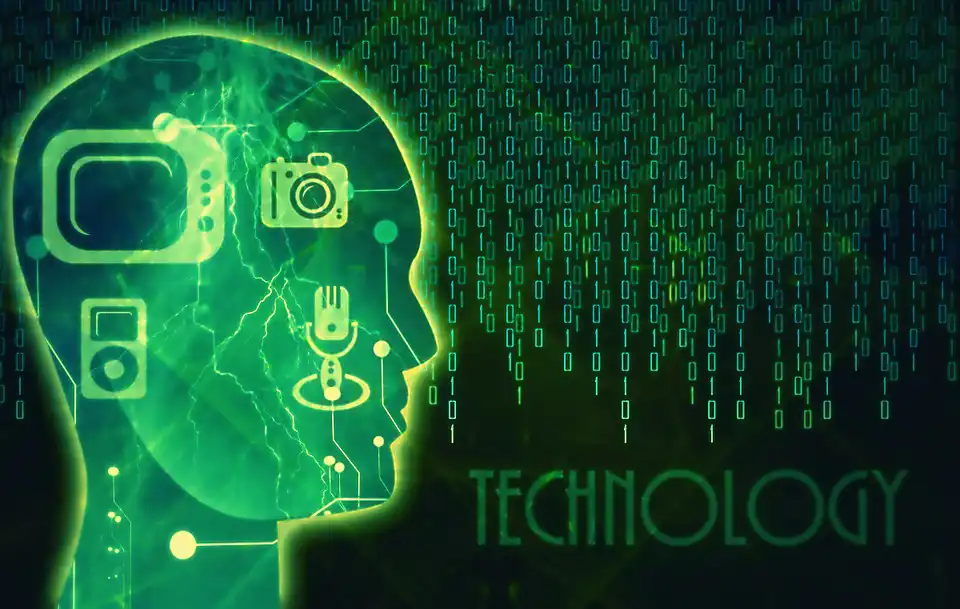Introduction to Tidal Power Harvesting
Tidal energy has always held potential as a key renewable energy source, yet it remains largely untapped. While truly inexhaustible and predictable, its usage is faced with a myriad of hurdles. However, Minesto, a Swedish firm, has developed an innovative approach of harnessing tidal power using underwater kites.
The use of kites might seem eccentric in this context, but the concept is an innovative resolve. The same factors that make a kite fly in wind makes this underwater version function in tidal currents. The result is a potential game-changer as far as tidal power is concerned.

Development and deployment of tidal power systems have up to now been hampered by high costs and practical difficulties. Harnessing tidal energy is particularly challenging because it requires the movement of colossal volumes of water at minimal speeds.
However, researchers have relentlessly been exploring better ways to leverage this kind of energy. Could this be the much-awaited disruptive innovation to make tidal power mainstream?
Mechanism of the Underwater Kite
The underwater kite, affectionately named “Deep Green”, is attached to a seabed tether. Within it, there’s a turbine and rudder. As the tide pushes the kite, it moves in a figure-eight trajectory, which increases the water speed hitting the turbine.
Extraordinarily, this model manages to deliver constancy and a unique blend of advantages over traditional turbines. It can operate at low currents, reach deeper depths, and is ultimately economical – addressing key challenges in the tidal power narrative.
The design and operations allow the device to reach deeper parts of the ocean, where water flows are more consistent. This could potentially solve the problem of dependability often faced by renewable energy sources.
Furthermore, the underwater kites are less intrusive and have minimal environmental impact. They are also easy to install and service, further adding to their appeal as an alternative energy source.
Turning Tidal Power Into a Reality
So far, the kite has undergone test runs in Northern Ireland’s Strangford Lough and off the coast of Wales, with favorable preliminary results. It successfully generated power, demonstrating its potential for practical use.
The achievement of Minesto’s Deep Green system places it at the forefront of tidal energy innovations. The kite-system represents an approach that has the potential to make tidal power harvesting scalable and competitive.
Despite the phase of testing and fine-tuning, the company is upbeat about its journey. They envision their technology will go commercial in the near future, broadening our energy mix further.
Important to note is the potential impact of this technology. If successfully adopted, it could contribute substantially towards achieving global carbon reduction goals.
Scaling the Tidal Power Revolution
The challenge with tidal power lies in the scaling. Typically, energy costs have been a limitation to tidal power being adopted widely. However, the kite system shows promise to challenge this narrative.
Minesto projects a significant reduction in the cost of tidal energy. The system's low operational and maintenance costs significantly increase its allure as a viable energy source.
Moreover, Minesto’s kite concept provides a blueprint for further research and technological advancements in the renewable energy industry. The ingenious solution could open the door for new approaches to power generation.
In a climate change-sensitive world, such novel, sustainable power sources are always a welcome addition. This technology could potentially inspire new ways of thinking about and harnessing renewable energy.